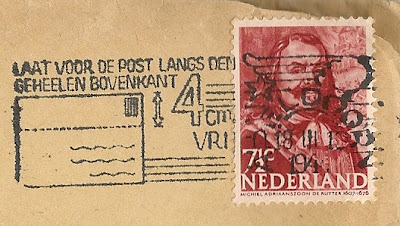I know the two starting bridges from own experience. That almost automatically means they are not very sepia. I am not that old, you know.
The first one is a French bridge. It is situated near Millau in the south of France, part of the A75 and it has been there since 2004.
 |
| My wife looking up at the Viaduc de Millau |
The next one is a Canadian bridge. I never set foot on it but we saw it from the air when visiting friends in nearby Belleville.
 |
| Thousand Island Bridge crossing the St Lawrence near Gananoque, ON |
Well, so much for colorful bridges, let's go back to the sepia era.
 |
| Bridge over the river Kyll near Kyllburg 50 km north of Trier, Germany |
 |
| Dausenau a.d. Lahn 100 km northwest of Frankfurt, Germany |
Adolf Hitler
schaft Arbeit und Brot
Wählt Liste 2
Translated this says: "Adolf Hitler creates labour and bread, Vote list 2."
Obviously social circumstances in Germany were very poor in those days. And Hitler made use of the bleak future staring in the face of many Germans. Promises for a better future and at same time blaming a.o. Jews for the situation they were in, made excellent elections.
Usually the largest party has the lowest sequence number. In January 1933 Hitler became Chancellor of Germany and his Nazi-party the absolute number 1. In combination with my mother's age there, my conclusion is that this photo dates from 1932. Little did these boys and girls know how the banner over their heads would influence their lives in less than 10 years time...
For more ladies, rowing boats, bridges and anything else you would never have thought of, please see my fellow Sepia Saturday bloggers.
Update Apr. 7, 2014
Out of the blue I received the following email from Germany:
Update Apr. 7, 2014
Out of the blue I received the following email from Germany:
Good evening,
I've found this
picture of Kyllburg in your blog by accident:
I was born in
Kyllburg in 1958, but away from home since I'm 15 year old. I am very
interested in the history of my home town. (By the way: Kyllburg is, with a
population of about 900 people, the smallest town in the federal state
Rheinland-Pfalz. Until World War II it was a famous spa in the Eifel,
specialy for the Dutch.)
The bridge over
the river Kyll with your mother on it is probably this:
I have a very
private request: Do you have any other pictures or other information from this
trip of your mother's school form to Kyllburg in 1933 where this picture was
taken? Needless to say that there are a lot of postcards from Kyllburg at the
internet. But the private sight of such a trip is of course more exciting for
me.
I would be very
pleased to hear from you.
Best regards
Toni Nissen
Wiesbaden
Obviously I replied to Tony. Fortunately my mother's album is still in my possession and there are a few more pictures made in Kyllburg which I forwarded to Toni in the meantime. There was also this picture postcard. I was able to put a date to the bridge picture: July 23, 1932. So I was wrong by a year.
 |
| Kyllburg pictured from up high |
It is nice when the internet provides you with reactions such as the one above. Thanks, Toni!


















.jpg)


















